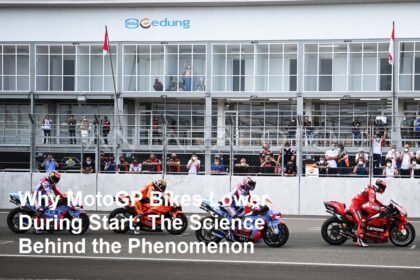In a bold and unexpected move, senior U.S. officials have reportedly floated an ambitious proposal to transform a section of the Gaza Strip into an “Eastern Riviera” – a luxury resort and economic development zone aimed at revitalizing the region. The plan, which has generated intense discussion among international observers and local leaders, is intended to serve as both an economic catalyst and a confidence-building measure in one of the world’s most volatile areas.
According to confidential sources close to the initiative, the project envisions a sprawling waterfront development along the Mediterranean coast of Gaza. Modeled after famous coastal resorts around the world, the “Eastern Riviera” would feature upscale hotels, retail centers, entertainment facilities, and recreational areas designed to attract tourists and investors alike. U.S. proponents believe that such an investment could foster job creation, stimulate local businesses, and contribute to broader regional stability.
“The idea is to turn a region historically defined by conflict into one of opportunity,” one U.S. diplomat explained, emphasizing that the project is not about political control but about economic development and rebuilding trust. “By creating a thriving economic zone, we hope to provide alternatives to extremism and foster a sense of normalcy that benefits both Palestinians and the wider international community.”
Proponents of the plan argue that Gaza’s strategic coastal location and untapped potential make it an ideal candidate for such a transformative project. They contend that previous attempts to revitalize the area have fallen short due to chronic underinvestment, ongoing security challenges, and a lack of sustained international commitment. By contrast, the Eastern Riviera initiative is positioned as a long-term effort that would involve significant U.S. financial backing, expertise in infrastructure development, and close cooperation with local authorities.
However, the proposal has not been without its detractors. Critics warn that any U.S.-led initiative in Gaza risks being perceived as foreign interference in a region where sovereignty and self-determination remain sensitive issues. Palestinian leaders and local activists have expressed concern that such a development could serve as a veneer for political influence, potentially undermining efforts to establish an independent Palestinian economy.
“There is a legitimate fear that this project could be used to reshape the political and economic landscape without meaningful input from the Palestinian people,” stated a spokesperson for a prominent Palestinian civil society organization. “Any development in Gaza must be led by local stakeholders, with genuine respect for the rights and aspirations of the people living there.”
Regional experts also note that the proposal comes at a time when the Gaza Strip remains a focal point of regional instability. With periodic escalations in violence and a longstanding humanitarian crisis, many wonder whether a luxury development project can truly address the deeper issues plaguing the area. Some analysts argue that while economic incentives are critical, they must be accompanied by substantial political reforms and robust security guarantees to yield lasting benefits.
On the international stage, the proposal has elicited mixed reactions. Some U.S. allies see the Eastern Riviera as a creative, if unconventional, approach to peacebuilding—a means of fostering economic interdependence that could ultimately contribute to a more stable and prosperous Middle East. Others, however, caution that the project could further complicate an already delicate geopolitical balance, particularly if local communities feel marginalized in the decision-making process.
Officials in Washington have yet to provide detailed public commentary on the plan, citing ongoing discussions with regional partners and the need for further feasibility studies. Nonetheless, the mere possibility of a U.S.-supported economic development initiative in the Gaza Strip marks a significant departure from traditional approaches to the region. It highlights a growing recognition that innovative solutions may be necessary to overcome decades of stagnation and conflict.
As talks continue behind closed doors, stakeholders on all sides will be watching closely to see whether the Eastern Riviera proposal can move beyond the realm of ideas into a tangible reality—a project that, if successful, could transform not only Gaza’s economic landscape but also contribute to a broader vision of peace and reconciliation in the Middle East.












